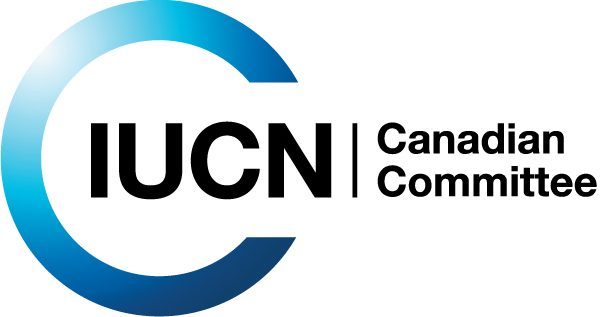
Most if not all of our member organizations have communications programs related to biodiversity, so there is no shortage of work being done to improve Canadians’ awareness of the importance of nature. Despite all that effort we aren’t achieving the goals and targets in Canada’s Biodiversity Strategy, and we won’t achieve them until we can communicate the beauty of nature and its many values to society in a way that drives the right policy decisions and enough conservation action to stop the loss.
The importance of this was recognized in the first Aichi Target, which is to ensure “people are aware of the values of biodiversity and the steps they can take to help conserve it.”
In the Biodiversity Strategy for Canada, this need is also reflected in Goal D. Progress has been made, including government’s recent investment of $1.5 billion over five years to reach Target 1 of this strategy by conserving 17 per cent of terrestrial and inland water and 10 percent of our coastal and marine areas by 2020. But there are 18 other targets in Canada’s strategy and as we count down to the end of the 2020 phase of the Aichi targets and the upcoming World Conservation Congress in 2020, we need to re-examine our communications and how it is best linked to achieving the other objectives. We will also need to coordinate our work with others across the IUCN to encourage countries to meet their financial commitments to the Convention on Biological Diversity, for members to share ideas and to maximize our impact.



